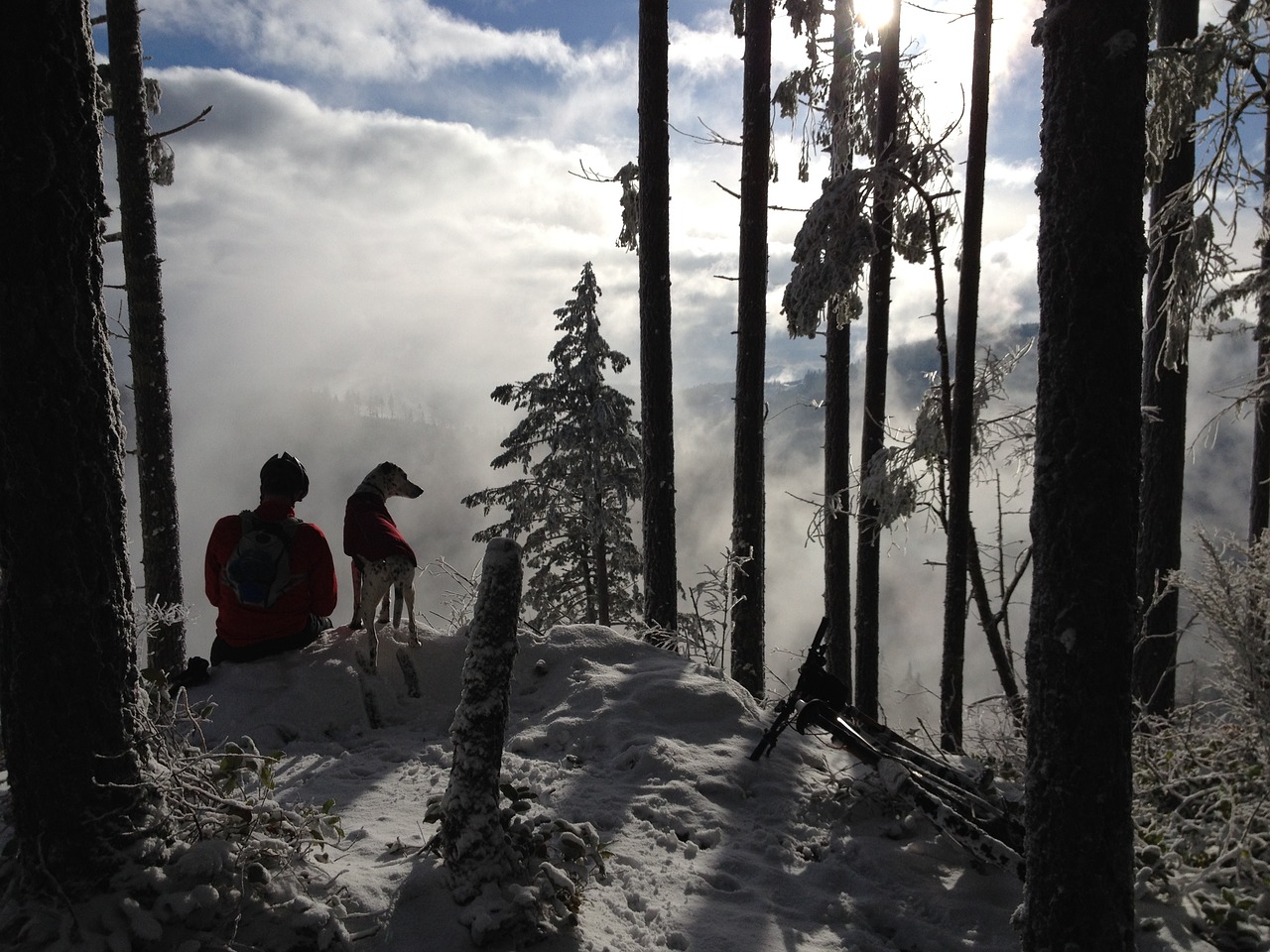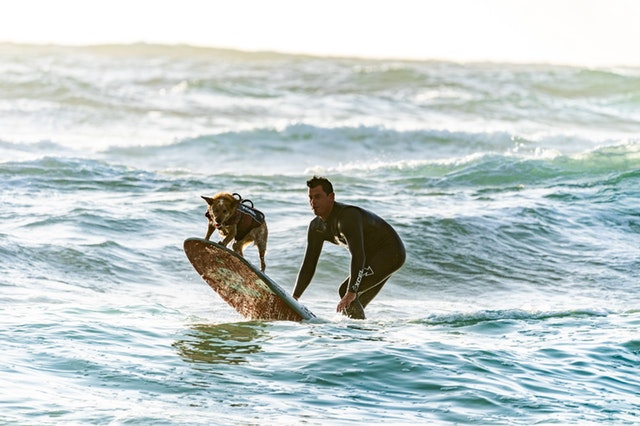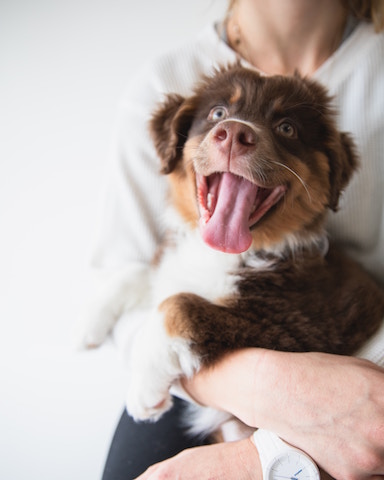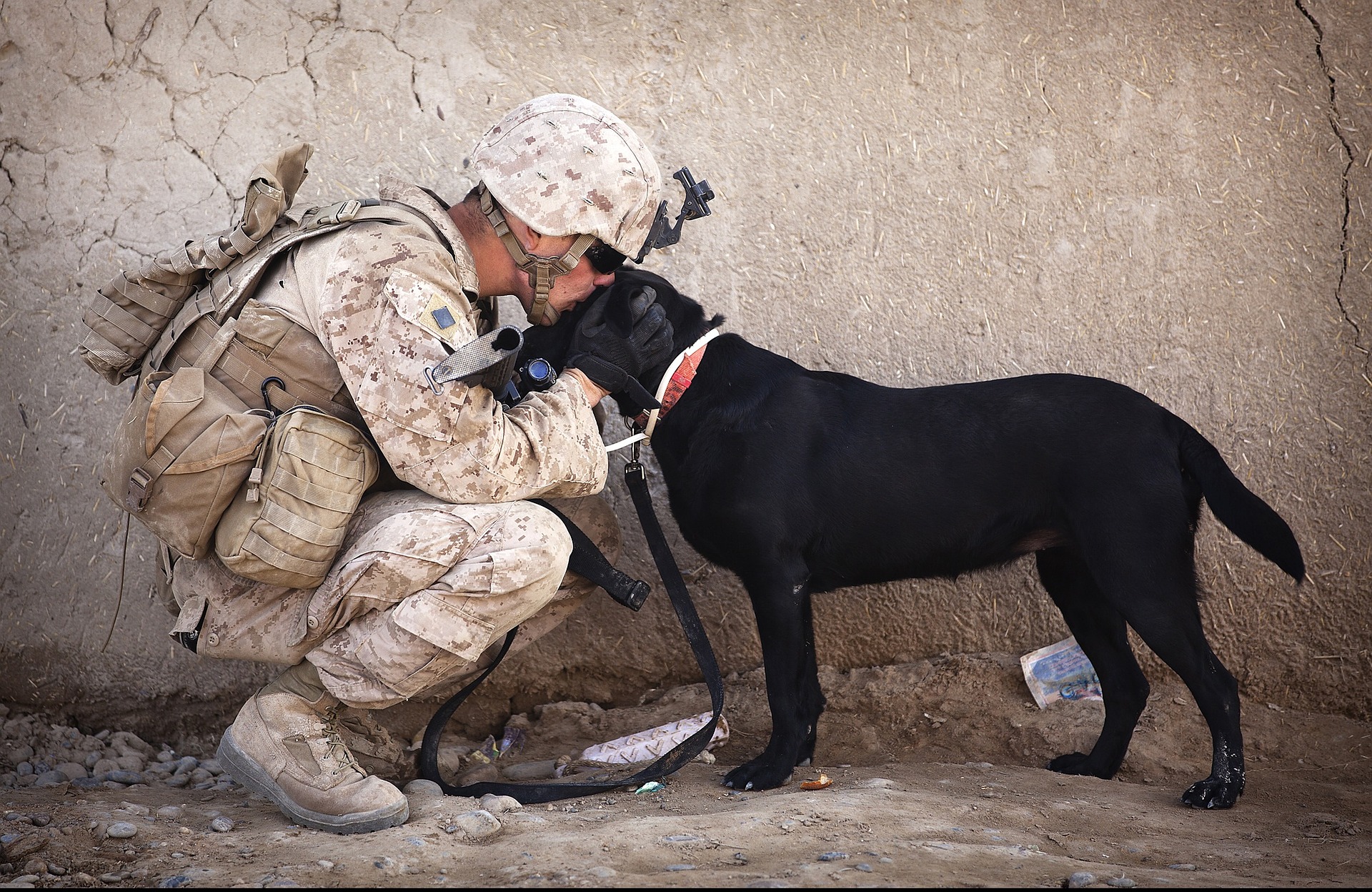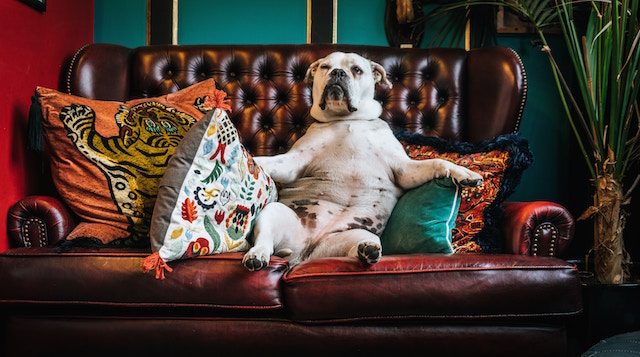Dogs as we know them today are humans’ best friend. But occasionally, we can hear traces of their wild origins in their howls or see it in their wild eyes. It’s interesting to think that an animal so closely linked with humans for centuries is also a close relative of the Grey Wolf. It’s even harder to imagine how all dogs are related considering some breeds look vastly different.
What exactly is the evolutionary origin of dogs and how can we use that information to better understand their behaviors?
Let’s examine some of the research concerning the dog’s evolution:
Ancient Evolution
The Grey Wolf evolved around 2.7 million years ago. Morphological factors and fossil records show that dogs diverged from the Grey Wolf about 14,000-15,000 years ago. Some genetic studies suggest that they diverged even earlier, about 135,000 years ago. Yet, genetic studies show that wolves may have been domesticated in several places at several different times or that there was a major domestication followed by several time periods of admixture between wolves and dogs. Throughout history, low populations of wild wolves interbred with domestic dogs. Even today, the black coloring of some dogs is a result of breeding with wolves.
From Wolf to Dog
Your faithful companion has many genetic markers and qualities that indicate they descend from wolves. Many attributes of wolves were specifically selected and bred to enhance traits in specific dog breeds. In fact, a behavioral study found that of 90 dog behaviors, all but 19 traits were observed in wolves. The missing behaviors were observed as minor activities. Similar body postures indicating mood, like a dog lowering its front body to indicate a playful attitude, stems from their origins as wolves.
Other behaviors like rolling around in scents shows how dogs are picking up particular smells to inform the rest of the pack of danger or to cover up their own scent when they’re in another dog’s territory.
Domestication
Archaeological digs of ancient societies in central Europe, North America, and the Near East have uncovered remains of dogs deliberately buried with their human owners or in separate graves. A 14,000 year-old puppy and an elderly person were found buried in Israel with the person’s hand positioned over the dog’s flank, showing the close relationship between man and dog.
According to Leslie Irvine of the University of Colorado at Boulder, several biological and behavioral factors predispose dogs to associate easily with humans and be domesticated. Long primary socialization periods allow them to become bonded with humans. They have naturally loyal and obedient behaviors which allow them to be trained and behave for treats.
Overtime, domestic dogs adopted tame behaviors that wild wolves do not display. Essentially, they are adult animals, but they retained playful behaviors, becoming dependent on humans, and evolved morphologically, in a process called neoteny. They maintained their smaller size, remain playful towards humans, and learned how to read human body language and expressions, building strong bonds with their dog owners. Adult wolves do display some of these behaviors, but domestic dogs no longer have the same ecological factors and lifestyles that are required to survive as wild wolves.
Dog Breeds
Some dogs have retained strong wolf-like traits which have been bred for certain functions: hunting dogs, territorial guard dogs, scent dogs, and racing dogs. For example, the guard dog has a warning bark that warns other wolves in their pack of danger or incoming intruders have become part of the dog’s sole purpose. In other breeds, like Pointers, the hunting prowess of wolves has been utilized to find a prey’s location. The behaviors of hunting and guarding are some of the first reasons why humans utilized dogs.
For the past 150 years, dogs have been bred for different reasons. Today, there are about 150 dog breeds in existence. Many people interbreed dogs to be pure bred. However, this can be problematic because individual traits can cause disease in those breeds.
Eternal Bonds
The evolution of the dog has transformed the mammal. Theories on dog’s evolution are continuously being rethought, and molecular testing methods are helping to determine evolutionary relationships and chronologies. Yet, one certainty is that the dog’s bond with humans is ancient and can withstand the sands of time.

